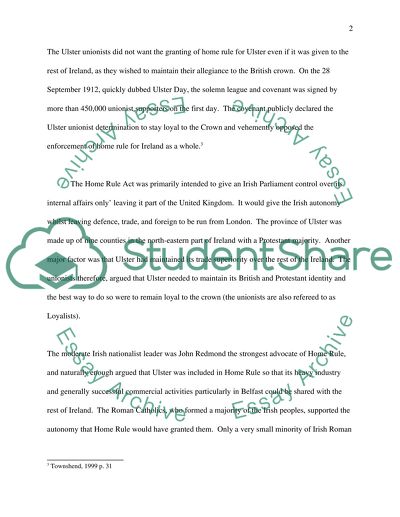Cite this document
(“Ulster Solemn League and Covenant Essay Example | Topics and Well Written Essays - 1250 words”, n.d.)
Retrieved from https://studentshare.org/politics/1520808-ulster-solemn-league-and-covenant
Retrieved from https://studentshare.org/politics/1520808-ulster-solemn-league-and-covenant
(Ulster Solemn League and Covenant Essay Example | Topics and Well Written Essays - 1250 Words)
https://studentshare.org/politics/1520808-ulster-solemn-league-and-covenant.
https://studentshare.org/politics/1520808-ulster-solemn-league-and-covenant.
“Ulster Solemn League and Covenant Essay Example | Topics and Well Written Essays - 1250 Words”, n.d. https://studentshare.org/politics/1520808-ulster-solemn-league-and-covenant.


